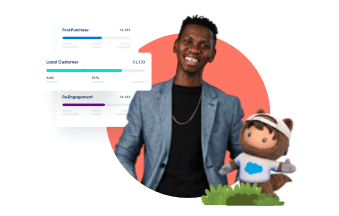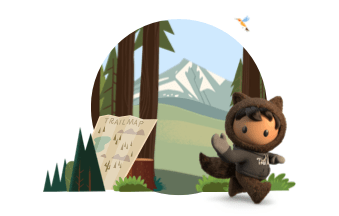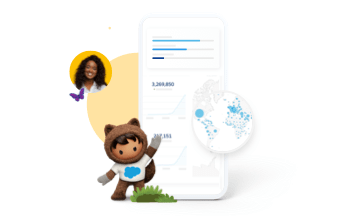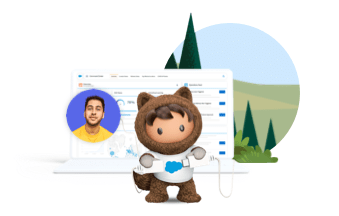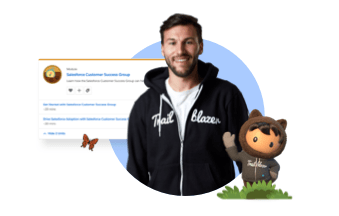Drive Successful Technology Adoption and Future Innovation
Learn how to foster a culture and community of changemakers with the right change management.

People, process, and technology are three critical components of any successful transformation. While it’s easy to get hyperfocused on the technology as you rush ahead to meet roadmap milestones, your customer-centric technology investment will fall short or even fail entirely if you don’t prioritize helping your people through technology and process changes.
This includes implementing an organizational change management program that trains employees in new technology and minimizes challenges as they acclimate to new ways of working. But it also should prepare them for a future where change is the norm and innovation is an everyday part of doing business.
Does your culture support meaningful change management?
Adapting to new ways of working can be hard and everyone approaches change differently. It’s important to have a change strategy that sets your people up for success while minimizing challenges as they acclimate to new ways of working. But cultural norms can be barriers to meaningful change. For example, if employees don’t feel they belong to a culture of innovation, or if they lack clear transparency around the goals and vision, the move to new tools and ways of working may feel like less of an opportunity and more of a chore.
More than a third (36%) of executives say there’s too much resistance to cultural change among employees. Who is to blame? The fact is, company culture and established mindsets start at the top. It’s crucial that executives champion a culture that supports innovation, transparency, inclusion, and communication, and a common vision everyone can rally around.

Success depends on constant communication and complete alignment. We've been able to achieve both with the help of a management process I developed a number of years ago called the V2MOM, which stands for vision, values, methods, obstacles, and measures.
Marc Benioff, CEO, Salesforce


Help your people skill up for the future of work.
Training is essential both when introducing any new technology and in an ongoing capacity to keep your team up to speed on the latest skills. Your training program should be designed for each role and line of business. It should explain how each new system or tool will affect users’ daily work and show them how to use it to become more productive and effective.
Trailhead provides ready-made training courses for our apps and tools, as well as general strategies and techniques such as design thinking. And as part of Customer 360, we offer myTrailhead to help you create custom learning programs from your own content and branding to help employees with everything from onboarding to company-specific enablement skills and career progression.
How to learn more.
The CRM system has come a long way. Who would have thought 20 years ago that tools designed primarily for sales force automation and database marketing would become vital to the entire business? Eighty-percent of companies are now increasingly using their CRM system as the single source of truth about their customers across all departments and touchpoints.
You can go further by turning your CRM into the business-critical, customer-focused backbone of your enterprise technology stack.
In summary, you can do this by:
- Creating a strategic technology roadmap that prioritizes employee and customer needs.
- Auditing where current technology and process are holding you back and using real-world business scenarios to help select the best solutions for your organization.
- Creating a single source of truth by integrating systems and data.
- Driving innovation and the adoption of new apps and tools with continuous learning.
Salesforce has led the evolution of CRM, for most part due to the ever-growing needs of our customers. And Salesforce Customer 360 is the culmination of our evolution so far: an integrated CRM platform that provides powerful solutions for marketing, sales, commerce, service, IT, and more.
Plus, it’s a highly extensible, API-driven platform for connecting your systems and data, so all of your employees can provide the connected, personalized experiences customers expect.
We’re with you every step of the way.

More Resources

Tool
Customize a solution that's right for your business in a few simple steps.

Guide
The Transformation Playbook

Guide
Transform the Customer Experience

